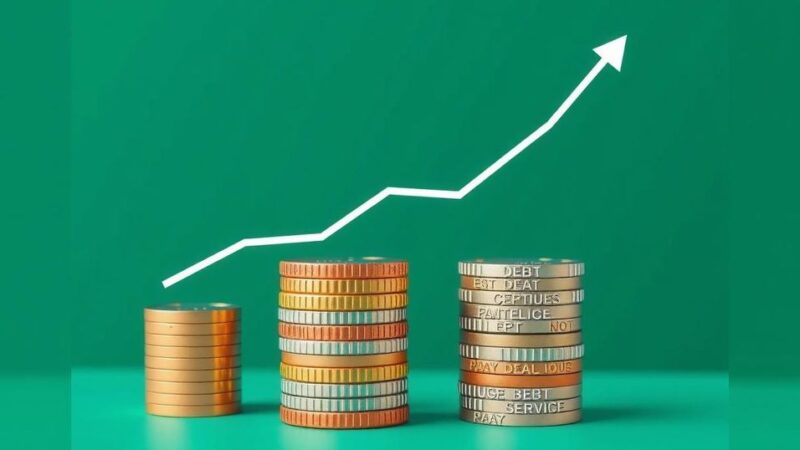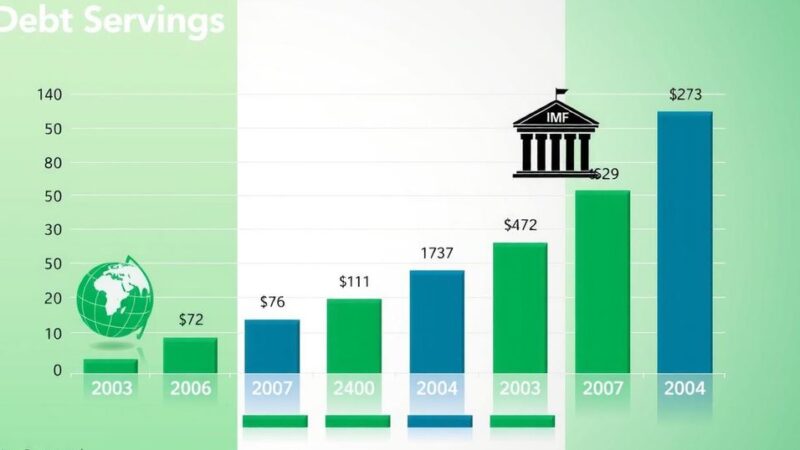Arabica coffee prices have risen to a two-week high due to worries about Brazil’s insufficient rainfall affecting crop yields. While arabica faces a forecasted drop in production, robusta is experiencing mixed trends with increased inventories. The overall market reflects volatility influenced by climatic conditions in coffee-producing regions.
Arabica coffee prices have recently climbed, achieving a two-week high amid concerns over Brazil’s coffee crop due to insufficient rainfall. On Thursday, May arabica coffee (KCK25) increased by +1.10 (+0.28%), while May ICE robusta coffee (RMK25) decreased by -30 (-0.548%). Reports indicate that Brazil’s key arabica region, Minas Gerais, received only 30.8 mm of rain—71% of the historical average for the week ending March 15, which is raising price fears within the market.
The rise in arabica prices was bolstered following Cooxupe’s statements regarding the adverse impact of high temperatures and below-average rainfall on yields this year. Simultaneously, robusta coffee faced a decline as inventories increased, with ICE-monitored robusta coffee stocks reaching a one-and-a-half week high of 4,336 lots, while arabica inventories fell to a one-month low of 782,489 bags.
Concerns regarding supply remain a driving force for coffee prices, with reports indicating a year-over-year decrease of 12% in Brazil’s green coffee exports for February, amounting to 3 million bags. Moreover, Brazil’s governmental crop forecasting agency, Conab, has predicted a 4.4% year-on-year drop in the 2025/26 coffee crop, revealing a potential low of 51.81 million bags.
However, positive signals for robusta coffee were influenced by a recent report indicating a yearly increase of 6.6% in Vietnam’s February coffee exports, as Vietnam maintains its position as the leading producer of robusta coffee. The lingering effects of last year’s dry El Niño weather may significantly impact coffee production in South and Central America, particularly in Brazil, where rainfall has been substantially lower since last April, exacerbating conditions for coffee trees during critical growth phases.
In Vietnam, the 2023/24 crop year saw a 20% reduction in coffee production, the lowest yield in four years, largely due to drought. Projections from the USDA suggest a slight dip in Vietnam’s production to 27.9 million bags in the upcoming marketing year of 2024/25.
Overall, while Brazil’s coffee exports surged by 28.8% for 2024, global coffee exports declined, leading to bearish sentiments in pricing. Notably, the USDA’s biannual report hinted at an expected increase in world coffee production in 2024/25, forecasting a rise to 174.855 million bags, including a 1.5% rise for arabica and a 7.5% increase for robusta. Despite the forecasts, inventory levels are projected to reach a 25-year low, contributing to ongoing market volatility.
Volcafe has also revised its estimates, projecting a substantial deficit of 8.5 million bags in the 2025/26 arabica market due to ongoing drought impacts in Brazil. The predictions reflect continued challenges in coffee production, particularly for arabica, thereby influencing pricing dynamics moving forward.
In summary, arabica coffee prices have reached a two-week high due to concerns about Brazil’s coffee crop impacted by insufficient rainfall and adverse weather conditions. Related supply fears are resulting in mixed performances between arabica and robusta coffee, exacerbated by reduced production forecasts and varying export figures. The overall coffee market remains volatile, influenced by ongoing climatic challenges and adjustments in global productions, as highlighted by recent reports from Conab and the USDA.
Original Source: www.nasdaq.com






